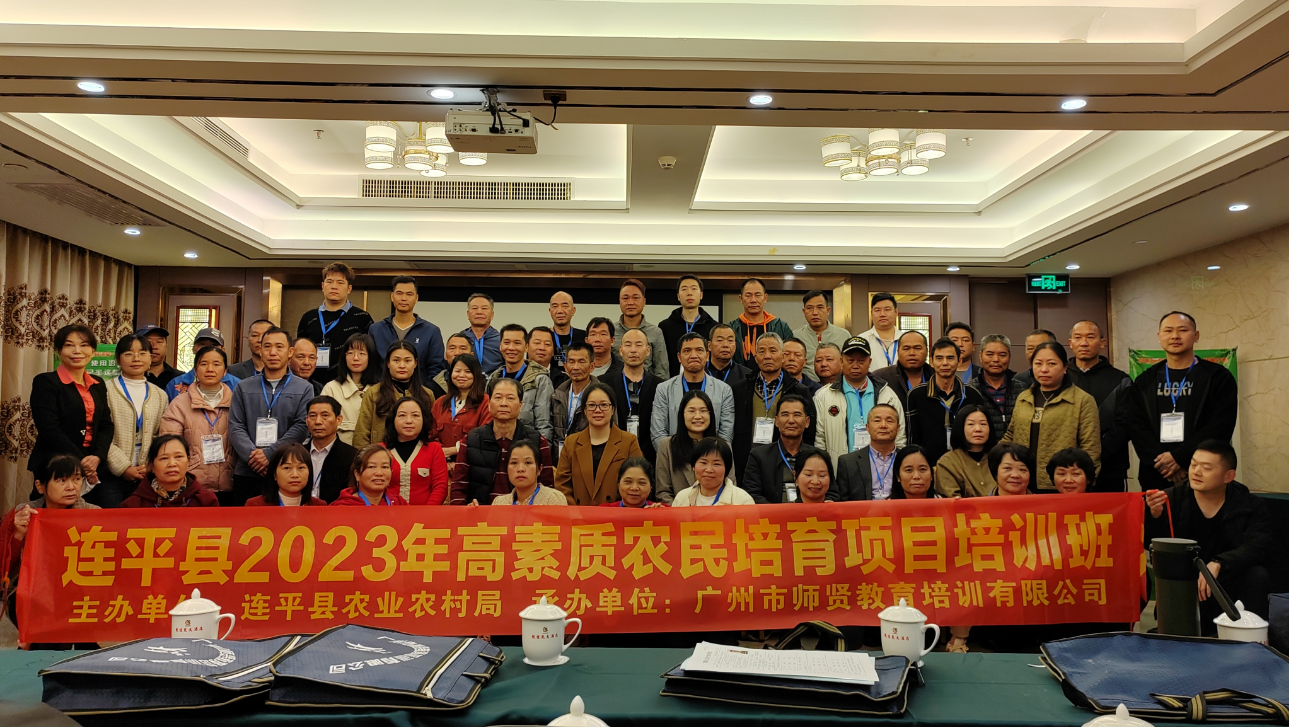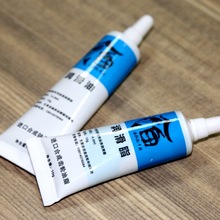Two promising avenues in the development of next-energy storage involve the use of high-density lithium metal and an electrolyte that is solid rather than liquid, and a new study brings these branches of battery research together in an exciting new breakthrough. Scientists in the US have demonstrated how stability issues associated with these architectures might be solved with the help of electrochemical pulses, paving the way for electric vehicles and smartphones that run for far longer on each charge.
Part of this field of research focuses on anodes, which act as one of the device's two electrodes and helps facilitates the transport of lithium ions via a liquid electrolyte. Today's anodes are made from a mix of graphite and copper, but pure lithium metal is a tantalizing alternative as it offers the highest energy density among solid materials. Integrating lithium metal into batteries has proven difficult so far, however, with scientists running into various safety issues that swiftly bring them undone.
There is a line of thinking that using a solid electrolyte in place of a liquid one would lead to a battery better suited for use with lithium metal. And this intersection of materials is the focus of the new work from scientists at Oak Ridge National Laboratory (ORNL), who believe they've come up with a way to join them together in a stable and long-lasting way that doesn't compromise performance.
Melding materials together in solid-state batteries is typically a tricky task, as ongoing charge and discharge cycles leads to instability in the joints and cause voids to form, something known as contact impedance. Applying pressure is one way this problem might be solved, but is a technique that would need to be used periodically as the battery is operated, and can also cause it to short.
The ORNL scientists found that they could eliminate these voids by applying a short, high-voltage electrochemical pulse when the lithium metal anode is joined with a solid electrolyte. These pulses see a current surround the voids that causes them to dissipate, resulting in more widespread contact at the interface of the materials.


 相关文章
相关文章




 精彩导读
精彩导读




 热门资讯
热门资讯 关注我们
关注我们
